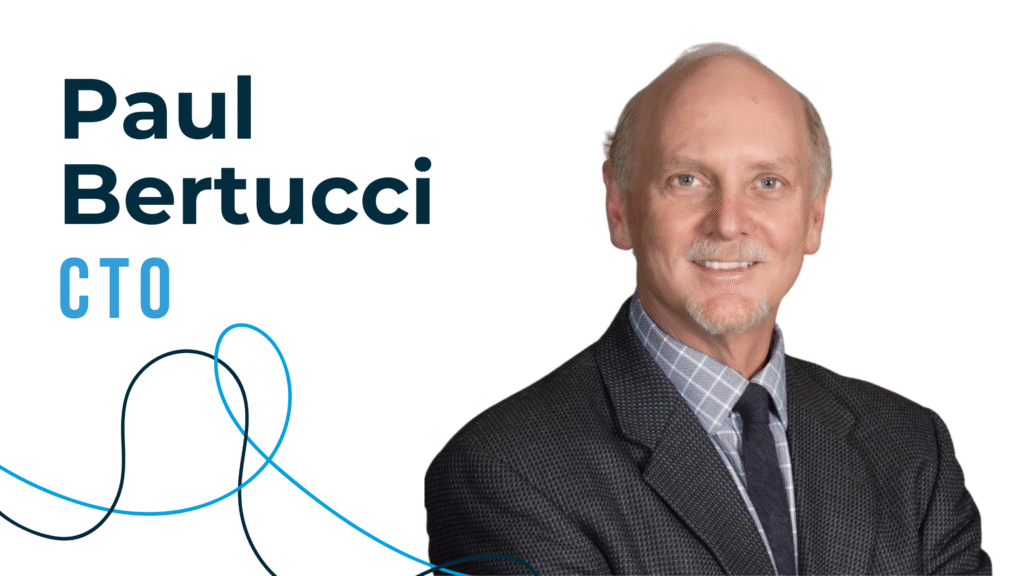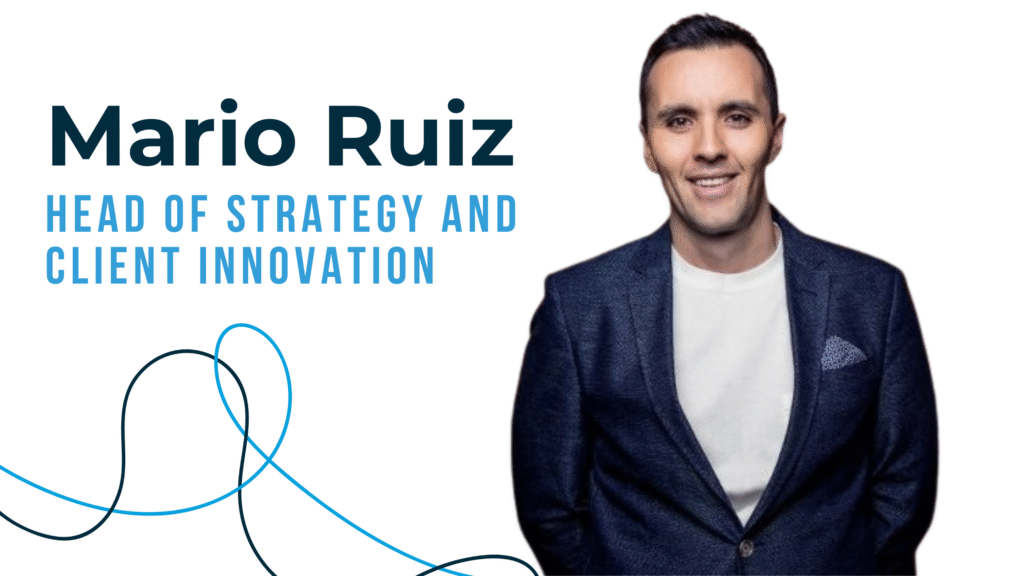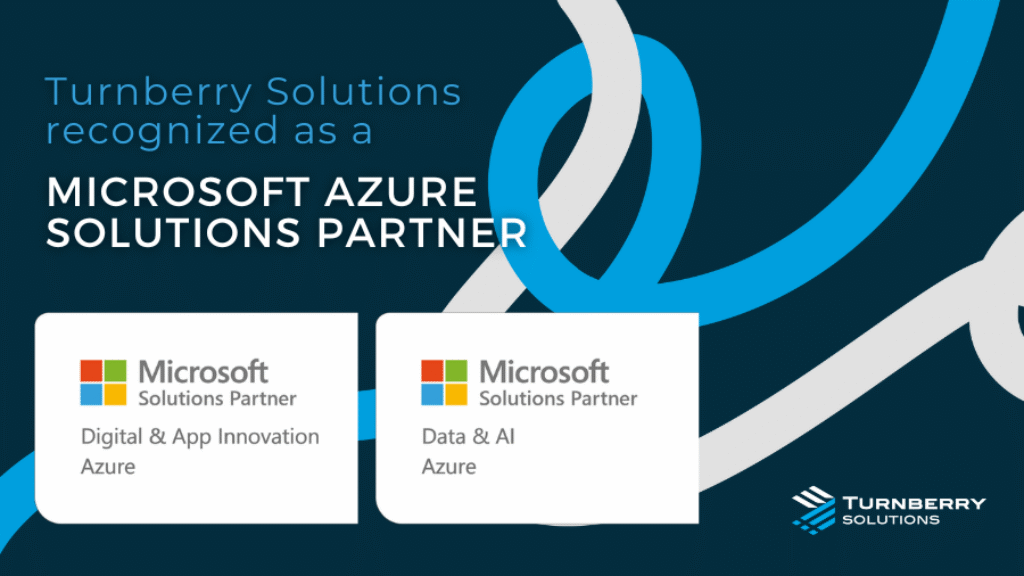It’s time to rewrite your change playbook

A vice president of R&D at a global pharma company recently told me something that has become all too familiar: “We’ve spent $12 million on an AI platform. The technology is exceptional. But six months in, adoption across our research teams is sitting at 15%.”
When I asked what was slowing things down, she hesitated before saying, “Nobody trusts it. And nobody’s quite sure how it fits into their workflow.”
That conversation captures a pattern I continue to see across the industry – and it’s not just anecdotal. Gartner estimates that 88% of AI pilots never make it to production, and life sciences organizations are no exception. The technology works, and the business case is solid. Yet time and again, success with AI in pharma R&D depends less on technical capability and more on people, culture, and trust. But traditional OCM models weren’t built for technology that learns and changes daily.
Why OCM is critical for AI adoption
Every major pharmaceutical company is investing in AI for discovery, clinical trial optimization, and R&D acceleration. The potential is clear: shorter development cycles, lower costs, and faster delivery of lifesaving therapies.
But this is what usually happens instead. Projects stall after the pilot phase. Teams slip back into familiar ways of working. Timelines that were meant to be 18 months stretch closer to three years, and leaders start to question whether the next wave of innovation will really deliver. The root issue is not technology maturity; it is organizational readiness. Success depends on how well people, processes, and culture adapt to using new technology. This is where organizational change management (OCM) comes in.
Traditional OCM assumes a clear end state: you train, go live, and adoption stabilizes. But with AI, there is no finish line. The model changes, the workflow evolves, and human trust must constantly be reinforced.
For pharma R&D, success with AI depends on both why OCM matters and how those change practices must evolve. OCM builds the foundation of trust, alignment, and adoption, but the kind of change AI demands is faster, cyclical, and less predictable. Even the most experienced OCM teams must adapt their models to this new pace.
Why pharma is different
In pharma R&D, scientific rigor and regulatory compliance shape every decision. That creates adoption challenges other industries rarely face. Scientists are trained to question results, not accept them on faith. Without transparency into how models work and validation under GxP or FDA expectations, trust falters. Even when technology performs, uncertainty around compliance and decision rights can cause teams to default to familiar methods instead of new ones.
How AI changes the change
Many life sciences organizations already have strong OCM programs in place. But those programs were built for change that ends, such as system implementations, process redesigns, or organization restructures. AI introduces change that never stops. Models evolve, data shifts, and regulations update. Good OCM alone is not enough unless it is designed to flex and respond to that constant motion.
Even organizations with strong OCM practices can struggle when applying them to AI-driven transformation. The difference lies in the nature of AI change. It is not a linear process but a continuous loop of adaptation.
In traditional change, you manage a clear transition from old to new. With AI, that transition never stops. Models evolve, outputs shift, and new behaviors must be relearned. OCM must evolve too. At Turnberry Solutions, we think about OCM for AI as a continuous loop, not a single project phase. It involves diagnosing readiness, designing for trust, delivering interactively, and sustaining and scaling what works. This cycle repeats as the AI system learns and the organization matures.
Adapting OCM for AI
Here are a few ways AI-driven change diverges from traditional models:
- Nature of change: Instead of a clear end state, AI adoption follows an evolving roadmap.
- Stakeholders: Roles and responsibilities are often ambiguous and shift as models mature.
- Cultural shift: Teams must move from deterministic to probabilistic thinking, from certainty to confidence levels.
- Training focus: Upskilling becomes continuous, with emphasis on human-AI collaboration.
- Communication: The focus expands beyond impact and timelines to include bias, ethics, and responsible AI.
- Transparency: Success depends on explaining model logic, outputs, and limitations in human terms.
The difference is not only in scope but in rhythm. Traditional OCM guides a project from start to finish. OCM for AI moves in cycles of observing, adjusting, retraining, and repeating as both the technology and the organization learn together. These dynamics require organizations to rethink how they design and sustain change by building trust, clarity, and resilience into every stage.
What works in practice
In our work with life sciences organizations, we have seen that success depends on blending proven OCM foundations with AI-specific adaptations:
- Build scientific trust through transparent validation that shows how models perform against known outcomes and within regulated environments.
- Define decision ownership early to clarify how R&D, data science, and regulatory quality functions collaborate.
- Embed compliance from the start, integrating GxP requirements into planning and execution.
- Equip leaders to guide through uncertainty with tools that sustain engagement and reinforce new behaviors.
When organizations approach OCM as an ongoing loop rather than a one-time rollout, adoption accelerates. One global R&D team we supported increased AI usage from 12% to 81% in five months by focusing on readiness and trust instead of reengineering the technology.
Join the conversation in Boston
If you’re attending the American Pharma & Biotech PPM Summit and working through similar challenges, I’d welcome the chance to connect.
My colleague Mckinna Teske, who leads organizational transformation for life sciences at Turnberry Solutions, and I will present Leading the human side of AI: OCM strategies for pharma R&D on Thursday, October 16 at 2:30 p.m. We’ll share what we’ve learned from partnering with pharma R&D teams to bridge the gap between data science and research, avoid common adoption pitfalls, and build readiness that turns pilots into lasting practice. The future of pharmaceutical innovation will be defined by organizations that are ready to use AI with confidence and purpose.
Emily Anderson is a Client Engagement Partner and Global Life Sciences Lead for Turnberry Solutions, specializing in helping life sciences companies bridge the gap between technology investment and real-world adoption.
Ready to go deeper?
Schedule an OCM for AI Readiness Workshop with the Turnberry team
Continue reading

Turnberry Solutions welcomes Paul Bertucci as Chief Technology Officer
Turnberry Solutions is excited to welcome Paul Bertucci as our new Chief Technology Officer. Paul joins…

Turnberry Solutions welcomes Mario Ruiz as Head of Strategy and Client Innovation
Turnberry Solutions is pleased to announce that Mario Ruiz has joined the team as Head of…

Turnberry earns Microsoft Azure Solutions Partner designations in Data & AI and Digital & App Innovation
Turnberry Solutions is proud to announce that we have earned Microsoft Azure Solutions Partner designations in…